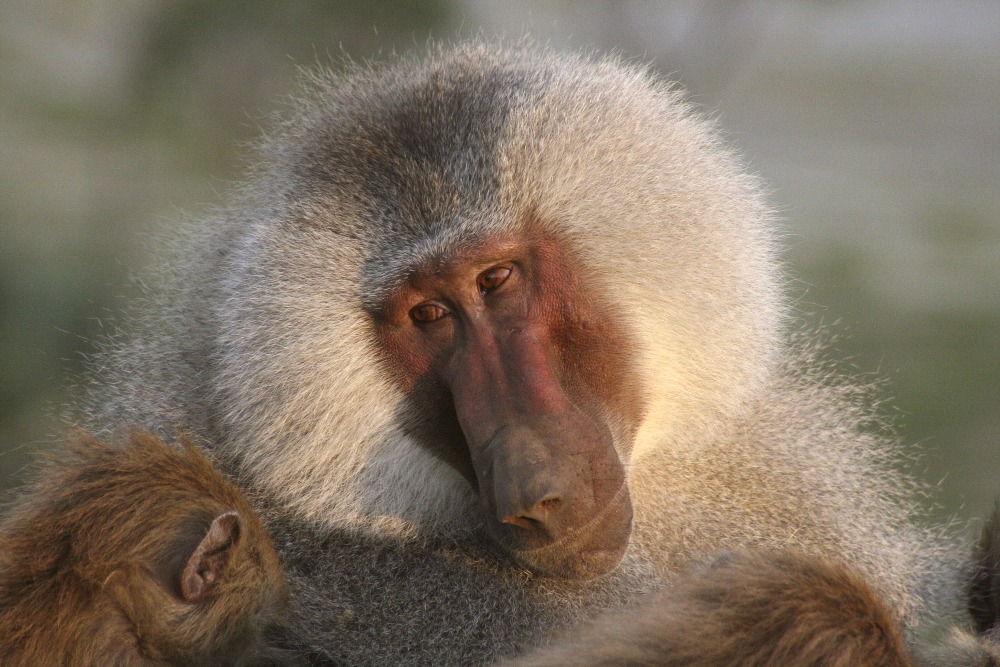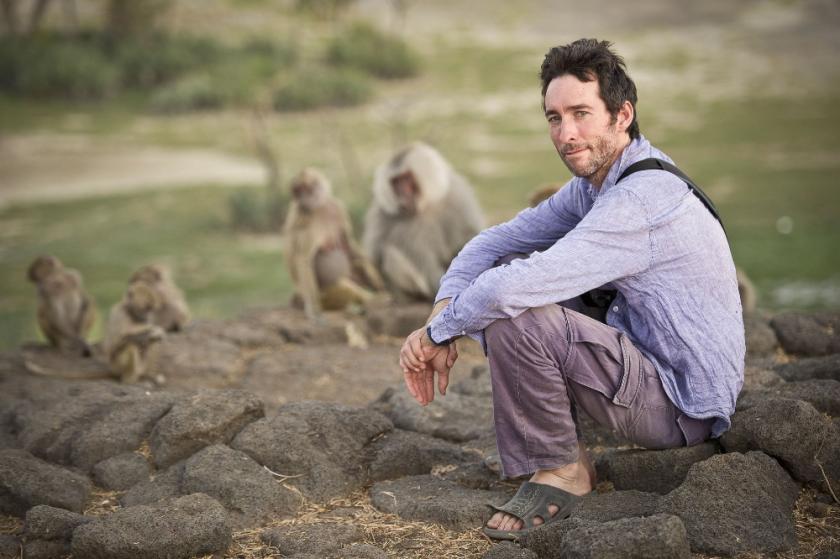It’s as well to be ready. There will come a time when our civilisation may enter a period of darkness which will be known, self-explanatorily, as After Attenborough. May it not arrive any time soon, or even ever. But if, or more likely when, it does, it won’t matter anyway because we’ll have already spit-roasted most species into extinction, as Sir David has been direly warning these past few years. By then, the familiar larynx will have described the life and times of more or less every creature who ever wandered in front of a lens (give or take the odd million subspecies).
On this occasion it was the turn of Hamadryas baboon, a social animal with much of the human about it: scrapping over territory, shagging around, forcefully keeping females on a tight leash, trashing their environment with no thought for the future.
By no means all natural history errs towards solipsism, but here the anthropological flavourings kind of worked. Our guide round a colony of Hamadryas (pr. hammer driers) was an Australian conservationist called Matt Pines who has been their companionable neighbour for the past five years. The animals’ tolerance of this interloper had reached a point in which two males could fight over a harem under his nose. “I don’t know if they consider me as another baboon,” mused Matt, “or another animal that’s safe to be around.”

Not all humans are quite so chummy with the Hamadryas, who tend to scarper the minute they see anyone from the nearby village. Its Kalashnikov-toting farmers enjoy shooting baboons, to keep them away from livestock or often just for kicks. And now, with the desert lowlands of the Awash national park in eastern Ethiopia drying up and making it harder for all to survive, man and baboon are competing for the very fruit of the dwindling palms. All in all, Matt was not confident of a rosy future for his pals so, before he left, he and his Ethiopian assistant took three tribesmen up into the misty mountains to see how another village cohabits more peaceably with a different sort of baboon. Basically, they charge tourists to see them. Matt recommended turning the Hamadryas into a cash - as it were – cow. The villagers said they'd think about it.
This was a delightful film. We could have done with a bit more on what drives a man to volunteer for five unpaid years in a colony of baboons. It looked like five years of Saturday nights in Blackpool when it’s all kicking off.















Add comment